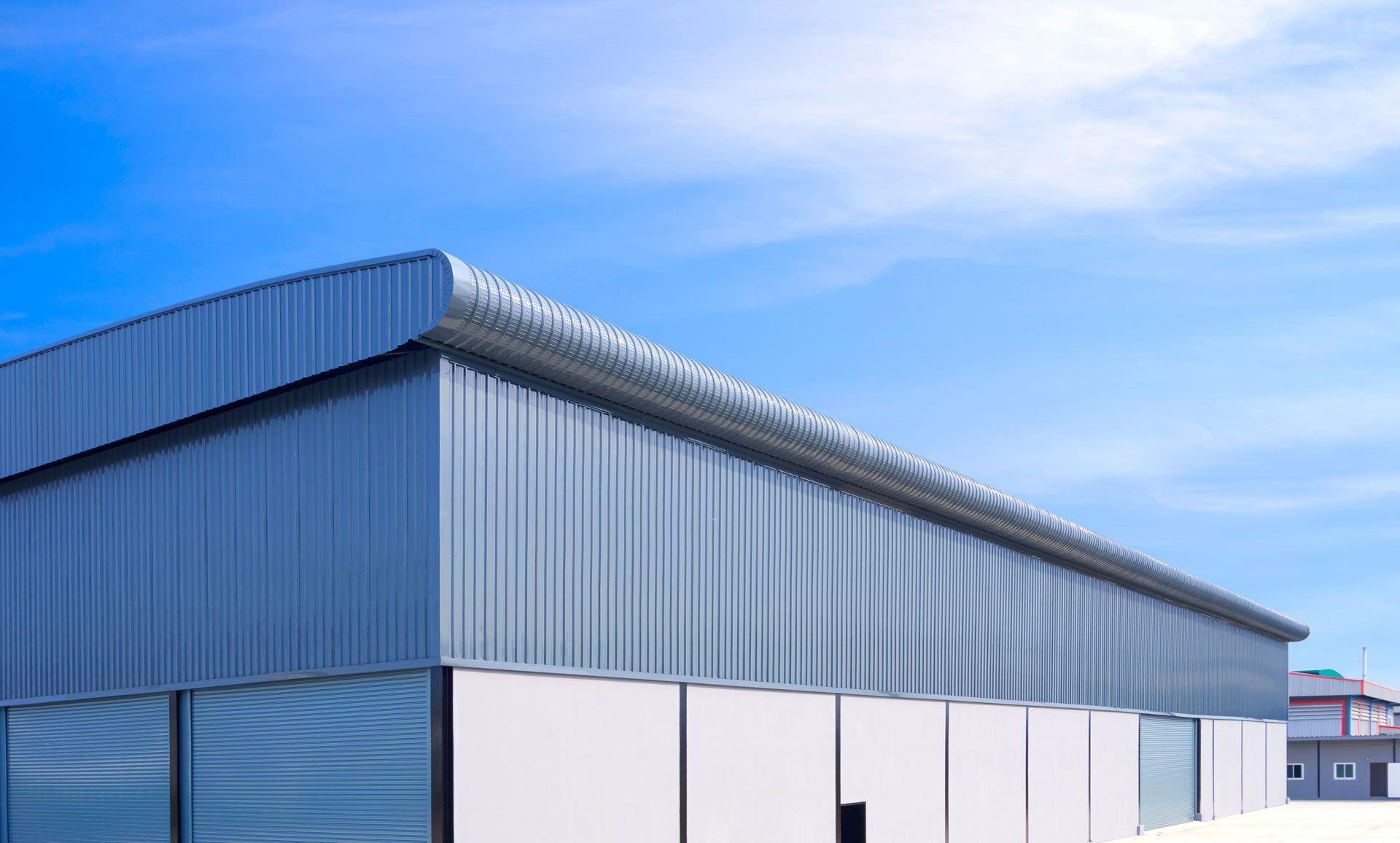Metal & Steel Buildings
We also manufacture l-shaped steel buildings. Our team is experienced, detailed, focused and artistic yet engineer-minded. We are Laredo's premier steel building manufacturer. Call us today for a free quote!
Phone (956) 791-6060
About Manufacturing Metal & Steel Buildings
Manufacturing metal buildings involves a systematic and precise process to create durable and versatile structures for various purposes, including commercial, industrial, agricultural, and residential applications. Here is an overview of the key steps involved in the manufacturing of metal buildings:
Design and Engineering
- Customization: The process often begins with customer requirements and customization. Clients may have specific needs, and the design phase involves creating detailed plans that meet those specifications.
- Engineering: Professional engineers play a crucial role in ensuring the structural integrity and compliance with building codes. They design the building to withstand environmental factors such as wind, snow, and seismic loads.
Material Selection
- Steel: The primary material used in metal building construction is steel. High-quality steel is chosen for its strength, durability, and versatility. Different grades and thicknesses of steel may be selected based on the building's intended use and local building codes.
Cutting and Shaping
- Shearing and Cutting: Steel sheets are cut to the required dimensions using shearing machines or laser cutting equipment. Precision is crucial to ensure accurate measurements for assembly.
- Roll Forming: Steel sheets are often passed through roll-forming machines to shape them into the required profiles, such as beams, columns, and panels.
Welding and Fabrication
- Welding: Various components are welded together to create structural elements. Welding ensures that the parts are securely connected and that the building meets the necessary strength requirements.
- Fabrication: Additional components, such as doors, windows, and other accessories, are fabricated and integrated into the assembly process.
Surface Treatment
- Galvanization: To protect the steel from corrosion, galvanization is often employed. This process involves coating the steel components with a layer of zinc, enhancing their resistance to rust and other environmental factors.
- Painting and Coating: Buildings may be painted with durable coatings for aesthetic appeal and additional protection against the elements.
Assembly and Packaging
- Pre-Engineered Building Systems: Many metal buildings use pre-engineered systems, where components are designed to fit together seamlessly. This facilitates efficient assembly on-site.
- Packaging: Components are organized and packaged for transportation. Clear labeling and detailed assembly instructions are included to streamline the on-site construction process.
Transportation
- Shipping: Finished components are loaded onto trucks for transportation to the construction site. The modular nature of metal buildings allows for efficient shipping and handling.
On-Site Construction
- Foundation: The construction process begins with the installation of the foundation, ensuring a stable base for the metal structure.
- Erection: The pre-fabricated components are assembled on-site, and the building takes shape as columns, beams, and panels are connected according to the engineered plans.
- Finishing Touches: Doors, windows, roofing, and any additional features are added to complete the structure.
Quality Control
- Inspection: Throughout the manufacturing process, quality control measures are implemented to ensure that each component meets the specified standards and tolerances.
- Testing: Critical components may undergo testing for strength, durability, and other performance factors.
Compliance and Certification
- Building Codes: Metal buildings must comply with local building codes and regulations. Manufacturers often work closely with regulatory bodies to ensure compliance.
- Certification: Some metal building manufacturers obtain certifications to demonstrate compliance with industry standards, such as those from the International Accreditation Service (IAS) or the Metal Building Manufacturers Association (MBMA).
By following these steps, manufacturers like us, Texas Building Supply LLC of Laredo produce high-quality metal buildings that offer strength, durability, and cost-effectiveness for a variety of construction projects. The efficiency of the manufacturing process and the flexibility of metal building systems contribute to their popularity in the construction industry.


